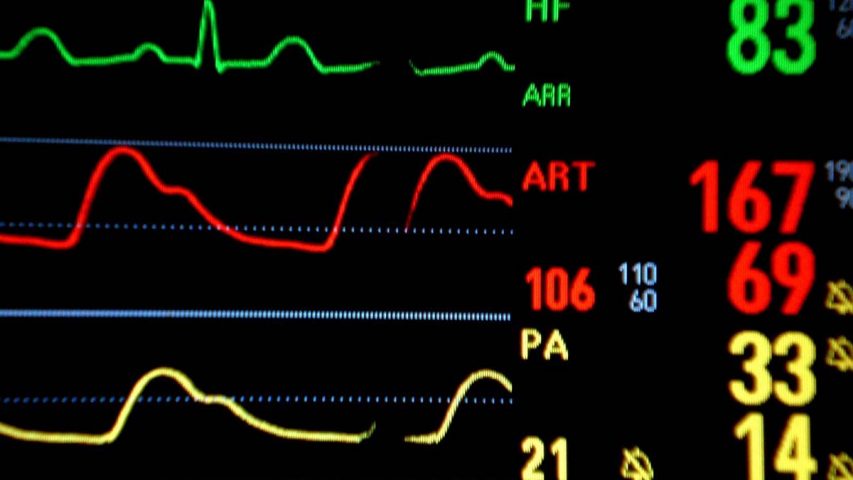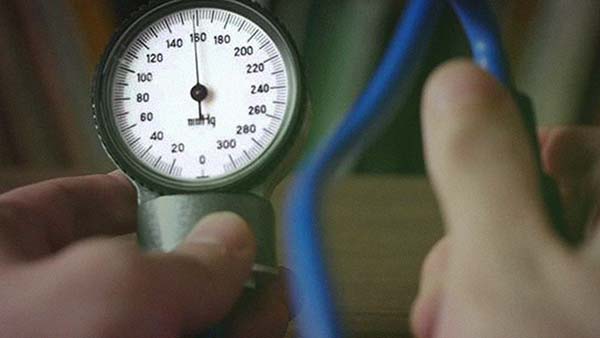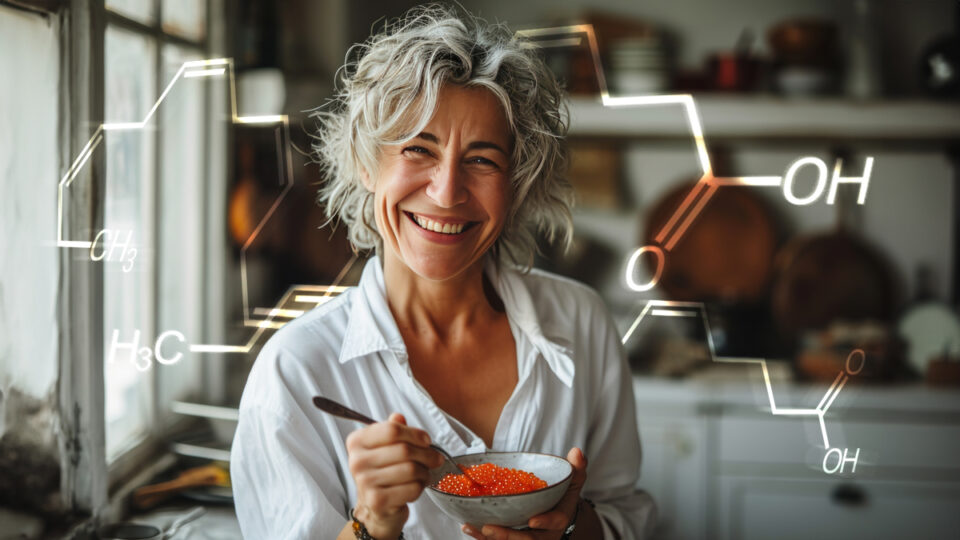- Have any questions? Contact us!
- info@dr-rath-foundation.org

Road Map to Health
May 17, 2018
Probiotics reduce cold symptoms
May 22, 2018How To Lower High Blood Pressure Using Natural Approaches

World Health Organization statistics show that, globally, around 40 percent of adults aged 25 or over had high blood pressure in 2008. Known as the ‘silent killer’ because most people afflicted with the condition experience no symptoms from it, high blood pressure is estimated to cause about 7.5 million deaths every year. However, based on Dr. Rath’s Cellular Medicine research, we now know that the primary cause of this major health problem is a chronic deficiency of micronutrients in the cells of the artery walls. By correcting this deficiency, it therefore becomes possible to control high blood pressure naturally, without drugs.
What is high blood pressure?
 Also known as hypertension, high blood pressure is a condition in which the force of the blood pushing against the walls of the blood vessels is consistently too high.
Also known as hypertension, high blood pressure is a condition in which the force of the blood pushing against the walls of the blood vessels is consistently too high.
Taking a blood pressure reading involves the measurement of two numbers. The systolic pressure (the highest number) is the pressure in the arteries as the heart contracts. The diastolic pressure (the lower number) is the pressure in the arteries as the heart relaxes between beats. Both of these readings are measured in millimeters of mercury (mmHG).
While blood pressure can vary widely during the course of a day, normal blood pressure when someone is relaxed is generally considered to be 120/80 or less. Someone with a reading that is consistently higher than 140/90 is considered to have high blood pressure.
When blood pressure is too high it puts extra strain on not just the blood vessels but also the heart, brain, eyes, kidneys, and other organs. This can ultimately increase the risk of serious and potentially life-threatening conditions such as heart attacks, strokes, heart failure, kidney disease, and other problems.
In cases of severe high blood pressure, with readings of 180/120 or more, symptoms such as headaches, shortness of breath, nosebleeds, dizziness, chest pain, or blood in the urine can occur. Severe high blood pressure requires urgent medical attention as it carries a high risk of life-threatening outcomes.
Risk factors for high blood pressure
 There is a great deal that can be done to reduce one’s risk of developing high blood pressure. For example, research clearly shows that people who are overweight or obese are more likely to have high blood pressure than people of normal weight.
There is a great deal that can be done to reduce one’s risk of developing high blood pressure. For example, research clearly shows that people who are overweight or obese are more likely to have high blood pressure than people of normal weight.
A lack of physical activity is another well-known risk factor. People who are physically active have been shown to have a lower risk of not only high blood pressure, but also many other health problems as well.
Smoking particularly raises the risk of developing high blood pressure. In defending itself against the toxic molecules found in cigarette smoke, the body uses up its supply of antioxidants. Research shows blood levels of antioxidants such as vitamin C and vitamin E are markedly reduced in smokers.
Prolonged mental stress is another risk factor high blood pressure. Not as yet realized by many doctors, the underlying biochemical mechanism for this phenomenon is quite well understood. During physical or emotional stress, the body produces high amounts of the stress hormone adrenaline. For every molecule of adrenaline produced, the body needs to provide one molecule of vitamin C as the catalyst. Thus, long-term physical or emotional stress can lead to a severe depletion of the body’s reservoir of this important micronutrient. As we shall see next, vitamin C plays a key role in protecting against high blood pressure.
The Cellular Medicine approach to high blood pressure
Pharmaceutical treatments for high blood pressure, such as beta-blockers and diuretics, only address the symptoms of the condition. While lowering the pressure of the blood, they fail to correct the primary underlying cause. In contrast, Dr. Rath’s groundbreaking Cellular Medicine approach directly addresses the micronutrient deficiencies that lie at the root of the problem.
Each of the following five micronutrients plays an essential role in preventing and normalizing high blood pressure. Even better, when used together they have a synergistic effect.
| ARGININE – A key amino acid, arginine plays an important role in the production of a molecule known as nitric oxide. Nitric oxide increases the elasticity of the artery walls and helps normalize high blood pressure. |
| VITAMIN C – The key micronutrient for the stability of blood vessels, vitamin C increases the production of prostacycline, a molecule that relaxes the blood vessel walls and helps keep blood viscosity at optimum levels. |
| MAGNESIUM – A mineral known as ‘nature’s calcium antagonist,’ magnesium is essential for an optimum mineral balance in the cells of the blood vessel walls. Optimum mineral balance is a precondition for the relaxation of the artery walls. |
| LYSINE and PROLINE – These two amino acids help protect the artery walls and prevent the development of atherosclerotic deposits. Since atherosclerosis is intertwined with high blood pressure, lysine and proline are essential for preventing and correcting this health condition as well. |
You can learn more about Dr. Rath’s Cellular Medicine approach to controlling high blood pressure in chapter 4 of his book, Why Animals Don’t Get Heart Attacks…But People Do! As always, if you have any questions, please feel free to contact us.



